There are many factors to consider when choosing the best gaming keyboard for your needs and it this guide, we’re going to cover them all.
A gaming keyboard is a device that allows you to input commands and control your character in video games. It can enhance your gaming experience by providing faster response time, better accuracy, more comfort and customization options. However, not all gaming keyboards are created equal. There are many factors to consider when choosing the best one for your needs and preferences.

Switch Type
One of the most important factors to consider when buying a gaming keyboard is the switch type. The switch type is the mechanism that registers each keystroke on the keyboard. It determines how the keyboard feels, sounds and performs when you press a key.
There are three main types of switches that are commonly used in gaming keyboards: membrane, mechanical and optical. Each type has its own advantages and disadvantages, as well as different subtypes that offer variations in feel and sound. Let’s take a closer look at each type and see how they compare.

Membrane Switches
Membrane switches are the most common and cheapest type of switches. They consist of a rubber dome that presses down on a circuit board when you press a key. The circuit board then sends a signal to the computer that a key has been pressed.
Membrane switches have some benefits, such as:
- They are quiet and do not produce much noise when typing or gaming.
- They are durable and can last for a long time without wearing out or breaking.
- They are easy to clean and maintain, as they do not have any exposed parts or gaps.
However, membrane switches also have some drawbacks, such as:
- They have a mushy and soft feel that does not provide much tactile feedback or responsiveness.
- They require more force and travel distance to actuate, which can cause fatigue and slow down your typing or gaming speed.
- They have a low rollover rate, which means they can only register a limited number of simultaneous key presses.
Membrane switches are suitable for casual gamers who do not need high performance or precision from their keyboard. They are also good for people who prefer a quiet and low-maintenance keyboard.

Mechanical Switches
Mechanical switches are the most popular and expensive type of switches. They consist of a spring and a metal contact that create a click or a bump when you press a key. The click or bump indicates that the key has been actuated and sends a signal to the computer.
Mechanical switches have some benefits, such as:
- They have a crisp and satisfying feel that provides tactile feedback and responsiveness.
- They require less force and travel distance to actuate, which can improve your typing or gaming speed and accuracy.
- They have a high rollover rate, which means they can register multiple simultaneous key presses without any issues.

However, mechanical switches also have some drawbacks, such as:
- They are loud and produce a lot of noise when typing or gaming, which can be annoying for you and others around you.
- They are less durable and can wear out or break faster than membrane switches.
- They are harder to clean and maintain, as they have more exposed parts and gaps that can collect dust and dirt.
Mechanical switches are suitable for hardcore gamers who need high performance and precision from their keyboard. They are also good for people who enjoy a tactile and audible feedback from their keyboard.
Mechanical switches come in different varieties that offer different levels of tactile feedback and noise. Some of the most common ones are:
- Linear switches: These switches have a smooth and consistent feel that does not have any click or bump. They are quiet and fast, but they do not provide any tactile feedback. Examples of linear switches are Cherry MX Red, Black and Silver.
- Tactile switches: These switches have a slight bump that occurs at the actuation point. They provide some tactile feedback, but they do not make any click sound. Examples of tactile switches are Cherry MX Brown, Clear and Grey.
- Clicky switches: These switches have both a bump and a click that occur at the actuation point. They provide both tactile and audible feedback, but they are also very loud. Examples of clicky switches are Cherry MX Blue, Green and White.
The best mechanical switch for you depends on your personal preference and the type of games you play. For example, if you play fast-paced games that require quick reactions, you might prefer linear switches that have a high actuation point and low latency. If you play slower-paced games that require more precision, you might prefer tactile or clicky switches that have a low actuation point and more tactile feedback.
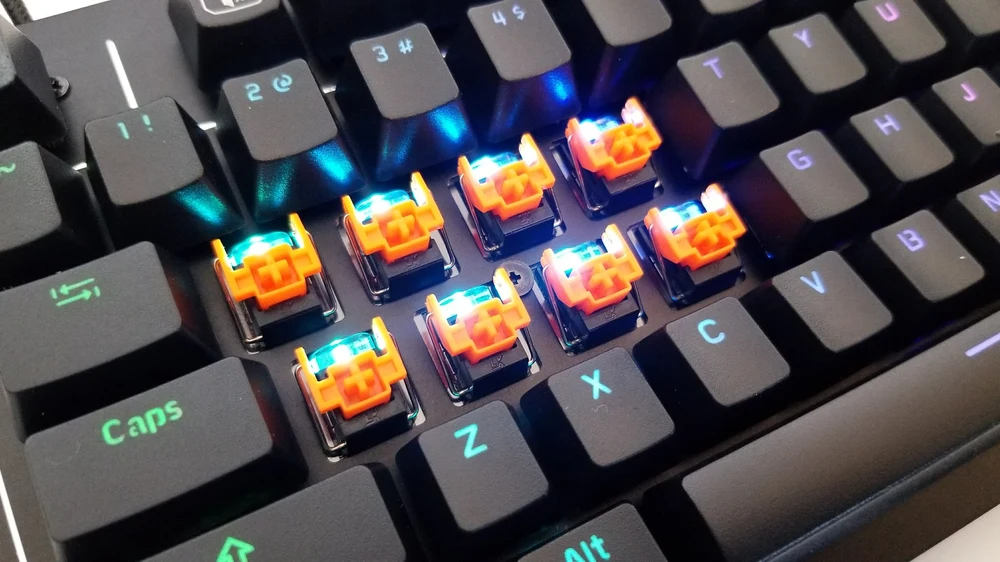
Optical Switches
Optical switches are the newest and most advanced type of switches. They use a beam of light that passes through a hole in the switch when you press a key. The interruption of the light beam indicates that the key has been actuated and sends a signal to the computer.
Optical switches have some benefits, such as:
- They are faster and more responsive than membrane or mechanical switches, as they do not rely on physical contacts or electrical signals.
- They are more durable than membrane or mechanical switches, as they do not have any moving parts or friction that can cause wear or tear.
- They are quieter than mechanical switches, as they do not make any click or bump sound.
However, optical switches also have some drawbacks, such as:
- They are more expensive than membrane or mechanical switches, as they use more advanced technology and materials.
- They are less compatible than membrane or mechanical switches, as they require special keyboards and software to work properly.
- They are less customizable than mechanical switches, as they do not have many subtypes or variations in feel and sound.
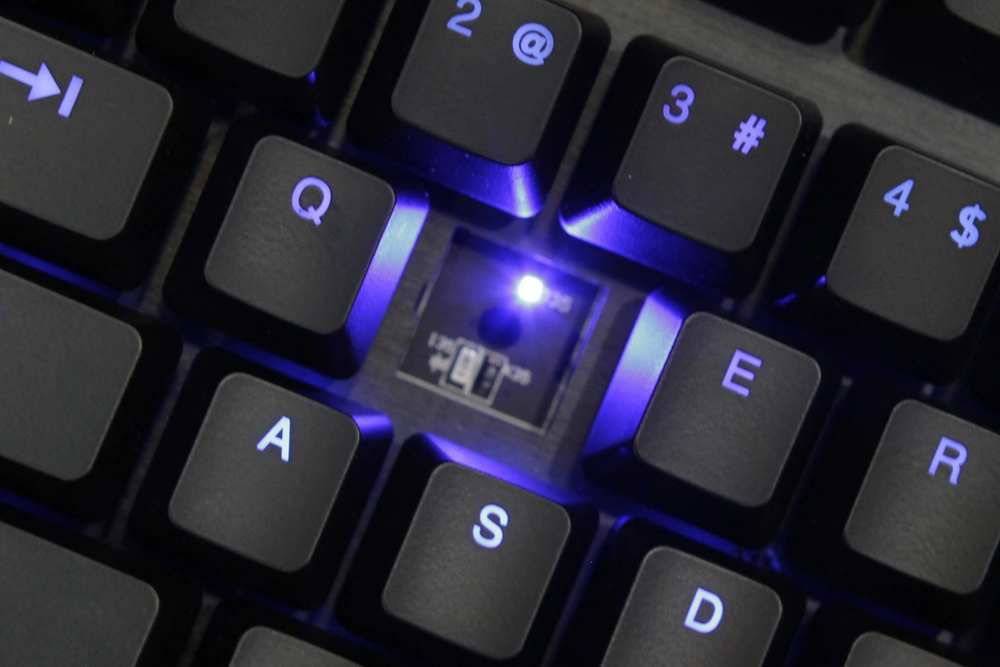
Optical switches are suitable for elite gamers who want the best performance and durability from their keyboard. They are also good for people who want a fast and quiet keyboard.
Optical switches come in different varieties that mimic the feel and sound of mechanical switches. Some of the most common ones are:
- Linear optical switches: These switches have a smooth and consistent feel that does not have any click or bump. They are similar to linear mechanical switches, but faster and quieter. Examples of linear optical switches are Razer Optical Red, Silver and Yellow.
- Tactile optical switches: These switches have a slight bump that occurs at the actuation point. They provide some tactile feedback, but they do not make any click sound. They are similar to tactile mechanical switches, but faster and quieter. Examples of tactile optical switches are Razer Optical Purple, Orange and Brown.
- Clicky optical switches: These switches have both a bump and a click that occur at the actuation point. They provide both tactile and audible feedback, but they are also very loud. They are similar to clicky mechanical switches, but faster and louder. Examples of clicky optical switches are Razer Optical Green, Blue and Pink .
The best optical switch for you depends on your personal preference and the type of games you play . For example , if you want the fastest and most responsive keyboard possible , you might prefer linear optical switches that have a high actuation point and low latency . If you want some tactile feedback but still want a fast and quiet keyboard , you might prefer tactile optical switches that have a low actuation point and more tactile feedback . If you want both tactile and audible feedback and don’t mind the noise level , you might prefer clicky optical switches that have a low actuation point and more tactile feedback.
Also read: everything to know about gaming monitors before buying one
Size and Layout
Another factor to consider when buying a gaming keyboard is the size and layout. The size and layout affect how much space the keyboard takes on your desk and how comfortable it is to use. There are four main sizes of keyboards: full-size, tenkeyless (TKL), 75% and 60%.

Full-Size Keyboards
Full-size gaming keyboards have 104 keys, including the number pad, the function row, the arrow keys and the navigation cluster. They offer the most functionality and compatibility, as they have all the keys you might need for gaming and other tasks. They are also easy to find and use, as they follow the standard layout that most people are familiar with.
However, full-size keyboards also have some drawbacks, such as:
- They take up a lot of space on your desk, which can limit your mouse movement and ergonomics.
- They can cause wrist strain if you have to reach too far for the mouse or the number pad.
- They can be heavy and bulky to carry around or store.
Full-size keyboards are suitable for gamers who have a large desk and play games that require a lot of number input, such as strategy or simulation games. They are also good for people who use their keyboard for other tasks besides gaming, such as work or school.
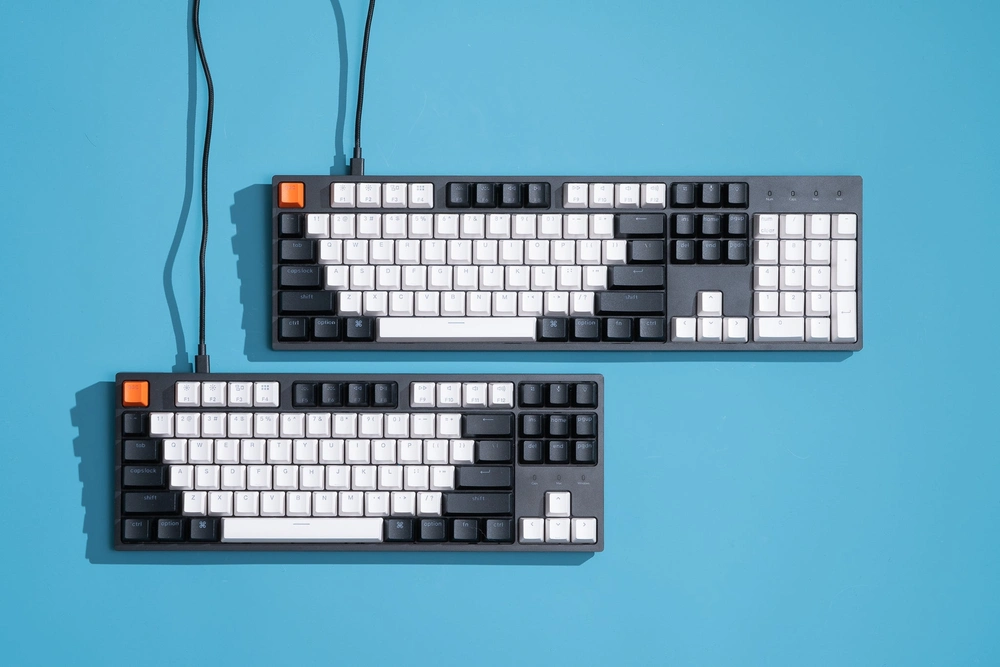
Tenkeyless Keyboards
Tenkeyless keyboards have 87 keys, excluding the number pad. They offer most of the functionality of full-size keyboards, but they take up less space and allow for better mouse placement and ergonomics. They are also lighter and more portable than full-size keyboards.
However, tenkeyless keyboards also have some drawbacks, such as:
- They lack the number pad, which can be useful for some games or tasks that require a lot of number input.
- They can have compatibility issues with some games or software that expect a full-size keyboard layout.
- They can be harder to find or more expensive than full-size keyboards.
Tenkeyless keyboards are suitable for gamers who have a medium-sized desk and play games that do not require a lot of number input, such as FPS or RPG games. They are also good for people who value space efficiency and portability over functionality.
75% Keyboards
75% keyboards have 84 keys, excluding the number pad and some of the navigation cluster. They offer a compact design that still retains most of the functionality of larger keyboards, but they can have a cramped layout and non-standard key sizes.
However, 75% keyboards also have some drawbacks, such as:
- They lack some of the navigation keys, such as Home, End, Page Up and Page Down, which can be useful for some games or tasks that require scrolling or moving around.
- They can have compatibility issues with some games or software that expect a standard keyboard layout.
- They can be harder to find or more expensive than larger keyboards.
75% keyboards are suitable for gamers who have a small desk and play games that do not require a lot of navigation keys, such as MOBA or RTS games. They are also good for people who want a compact keyboard that still has most of the essential keys.
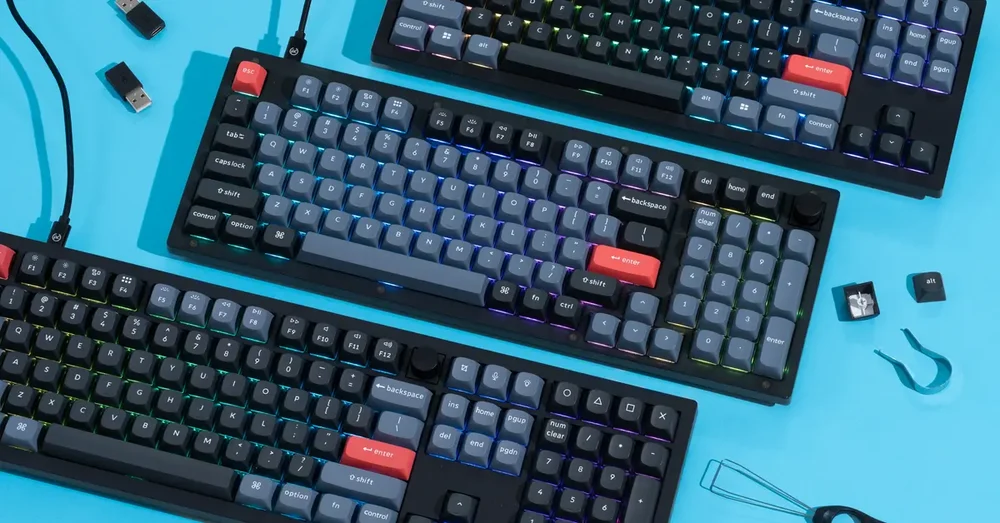
60% Keyboards
60% keyboards have 61 keys, excluding the number pad, the function row, the arrow keys and the navigation cluster. They offer the most minimalist design that saves space and allows for more mouse movement, but they also sacrifice a lot of functionality and require more use of modifier keys.
However, 60% keyboards also have some drawbacks, such as:
- They lack many of the keys that are commonly used for gaming and other tasks, such as F1-F12, Esc, Del, Ins and PrtScn.
- They require more use of modifier keys (such as Fn) to access some of the missing keys or functions.
- They can have compatibility issues with some games or software that expect a standard keyboard layout.
- They can be harder to find or more expensive than larger keyboards.
60% keyboards are suitable for gamers who have a very small desk and play games that do not require many keys, such as platformer or puzzle games. They are also good for people who want the most minimalist keyboard possible.
Features and Customization
Another factor to consider when buying a gaming keyboard is the features and customization options. The features and customization options affect how much control you have over the appearance and performance of your keyboard. There are many features and customization options available for gaming keyboards, such as backlighting, keycaps, software and accessories.

Backlighting
Backlighting is the illumination of the keys on the gaming keyboard. It can help you see the keys in low-light conditions and create a cool aesthetic effect. You can choose between single-color or RGB backlighting, as well as different modes and patterns.
Single-color backlighting is when all the keys on the gaming keyboard have the same color of light. It is simple and elegant, but it does not offer much variety or customization. You can usually choose between a few basic colors, such as red, blue or green.
RGB backlighting is when each key on the keyboard can have a different color of light. It is colorful and flashy, but it also offers more variety and customization. You can choose from millions of colors, as well as different modes and patterns, such as breathing, wave, ripple or reactive.
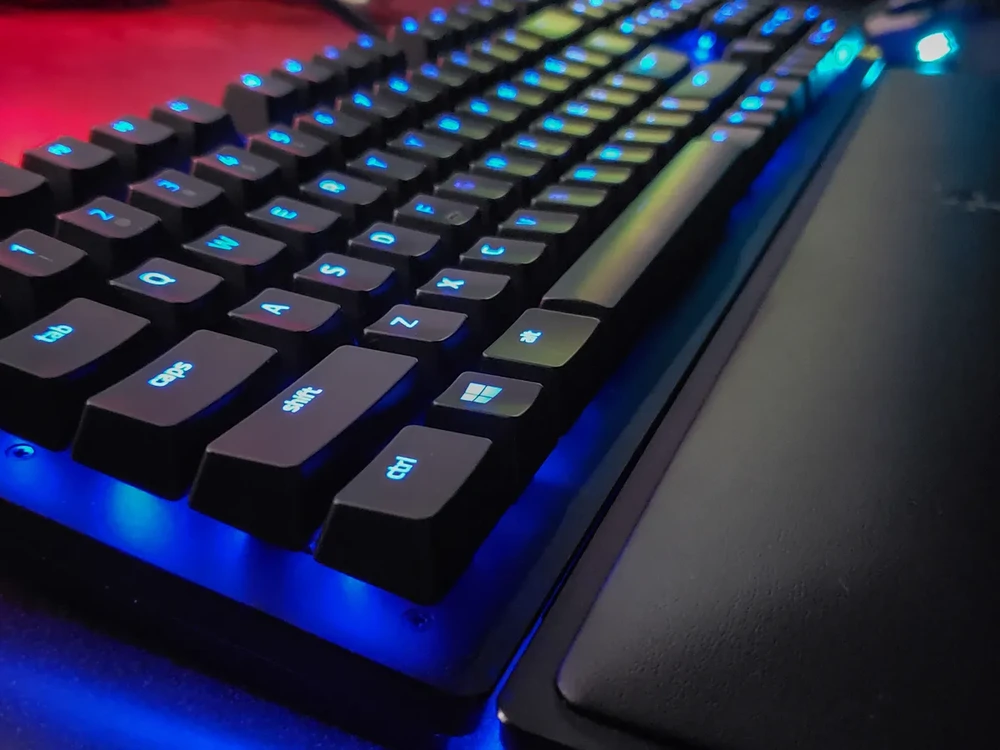
The best backlighting for you depends on your budget, your aesthetic preference and your gaming needs. For example, if you want a simple and affordable keyboard that still has some illumination, you might prefer single-color backlighting. If you want a more expensive and customizable keyboard that can match your mood or game theme, you might prefer RGB backlighting.
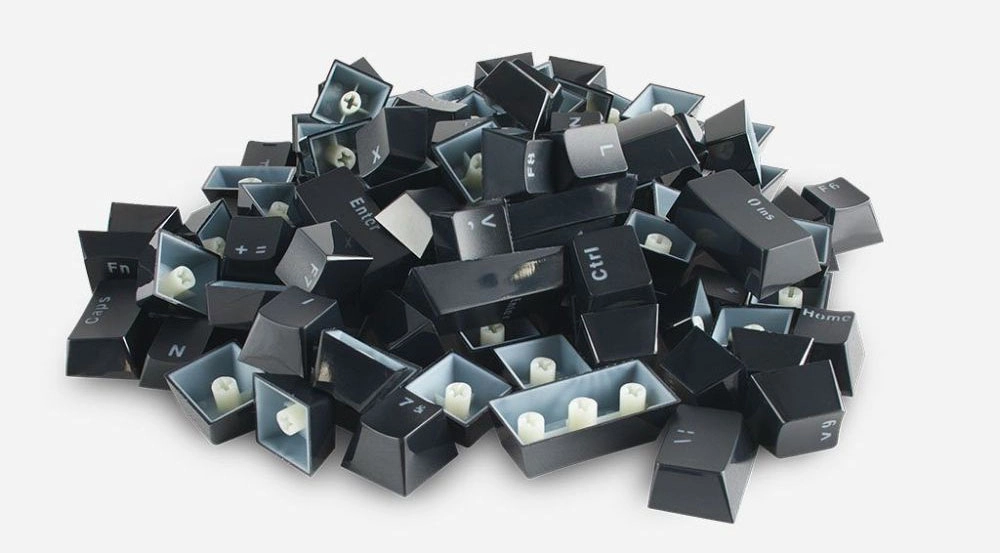
Keycaps
Keycaps are the plastic covers that attach to the switches on the keyboard. They can affect the feel, sound and look of the keyboard. You can choose between different materials, shapes, profiles and colors for your keycaps.
Materials are what the keycaps are made of. They can affect the durability, texture and sound of the keycaps. You can choose between different materials, such as:
- ABS: This is a cheap and common material that is smooth and shiny, but it also wears out quickly and becomes greasy over time.
- PBT: This is a more expensive and rare material that is rough and matte, but it also lasts longer and resists oil better.
- POM: This is a very expensive and rare material that is smooth and soft, but it also has a low friction and a low sound.
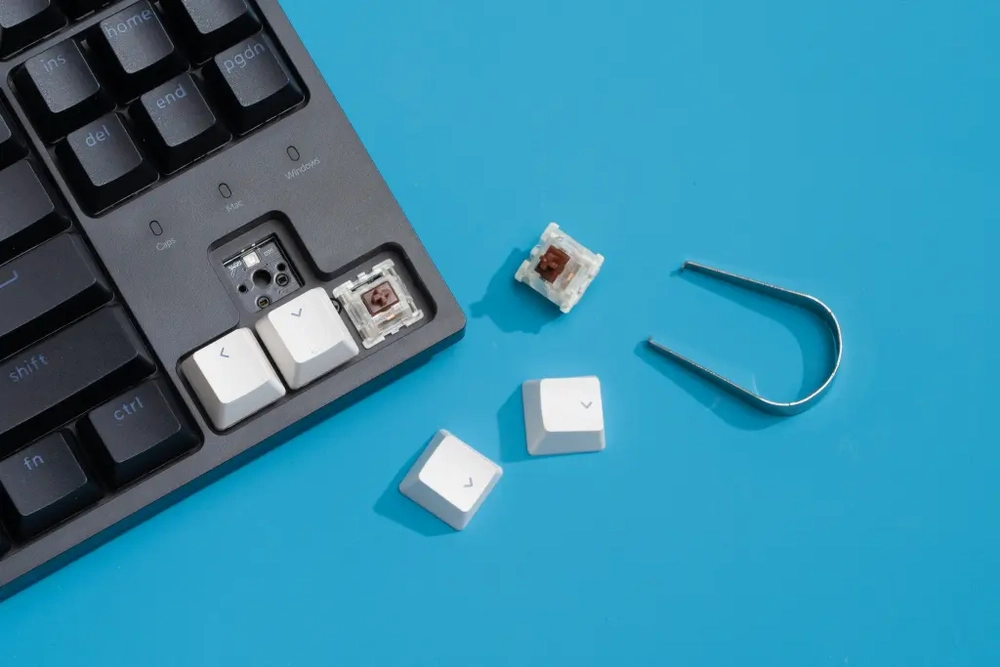
Shapes are how the keycaps are designed to fit your fingers. They can affect the comfort and accuracy of typing or gaming. You can choose between different shapes, such as:
- OEM: This is a standard and common shape that has a slight curve on each keycap. It is comfortable and easy to use, but it does not offer much variety or customization.
- SA: This is a retro and rare shape that has a high profile and a spherical top on each keycap. It is stylish and ergonomic, but it also takes up more space and requires more force to press.
- DSA: This is a modern and rare shape that has a low profile and a flat top on each keycap. It is sleek and uniform, but it also lacks tactile feedback and can cause finger fatigue.
Profiles are how the keycaps are arranged in rows on the keyboard. They can affect the ergonomics and aesthetics of the keyboard. You can choose between different profiles, such as:
- Sculpted: This is when each row of keycaps has a different height and angle to match the natural curve of your fingers. It is ergonomic and comfortable, but it also requires more precision and adjustment.
- Flat: This is when all rows of keycaps have the same height and angle to create a flat surface on the keyboard. It is simple and consistent, but it also lacks ergonomics and comfort.
Colors are how the keycaps look on the keyboard. They can affect the visibility and style of the keyboard. You can choose between different colors, such as:
- Black: This is a classic and common color that matches any keyboard or setup. It is sleek and elegant, but it also makes the keys harder to see in low-light conditions.
- White: This is a bright and rare color that contrasts well with any keyboard or setup. It is clean and modern, but it also gets dirty easily and shows wear more clearly.
- Custom: This is when you mix and match different colors for your keycaps to create your own unique look. It is fun and creative, but it also requires more time and money to find or make.
The best keycaps for you depend on your budget, your aesthetic preference and your gaming needs. For example, if you want a cheap and standard keyboard that still feels good, you might prefer ABS, OEM and sculpted keycaps in black color. If you want a more expensive and customized keyboard that looks great, you might prefer PBT, SA and flat keycaps in custom colors.
Software
Software is the program that allows you to customize various aspects of your keyboard, such as backlighting modes, macro functions, key remapping and profiles. You can choose between different software programs depending on the brand and model of your keyboard.
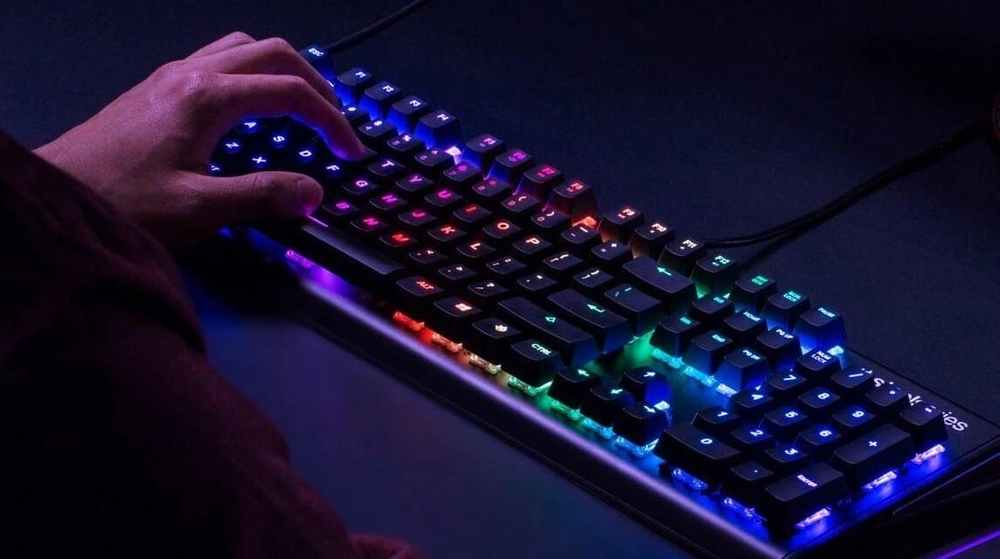
Backlighting modes are how you control the color, brightness and pattern of your backlighting. You can choose between different modes, such as:
- Static: This is when you set one color for all your keys or each individual key.
- Dynamic: This is when you set different colors for different zones or groups of keys.
- Reactive: This is when your keys change color based on your keystrokes or other events.
- Custom: This is when you create your own mode by combining different colors, patterns and effects.
Macro functions are how you assign multiple keystrokes or commands to one key or combination of keys. You can use macro functions to automate repetitive tasks or execute complex actions with one press. You can create your own macro functions by recording your keystrokes or commands, or by using predefined ones from the software.
Key remapping is how you change the function or output of any key on your keyboard. You can use key remapping to customize your keyboard layout or optimize it for specific games or genres. You can remap any key to another key, a modifier key, a macro function or a multimedia function.
Profiles are how you save and switch between different settings for your keyboard, such as backlighting modes, macro functions and key remapping. You can create multiple profiles for different games, genres or scenarios, and switch between them easily with a hotkey or through the software.
The best software for you depends on your budget, your technical skill and your gaming needs. For example, if you want a simple and user-friendly software that still offers some customization options, you might prefer Razer Synapse or Logitech G Hub. If you want a more complex and powerful software that offers more customization options, you might prefer Corsair iCUE or SteelSeries Engine.
Accessories
Accessories are additional items that can enhance your gaming experience with your gaming keyboard, such as wrist rests, cable management clips, cleaning tools and carrying cases.
Wrist rests are pads that support your wrists while typing or gaming on your keyboard. They can improve your comfort and prevent wrist strain or injury. You can choose between different wrist rests depending on their material, size and shape.
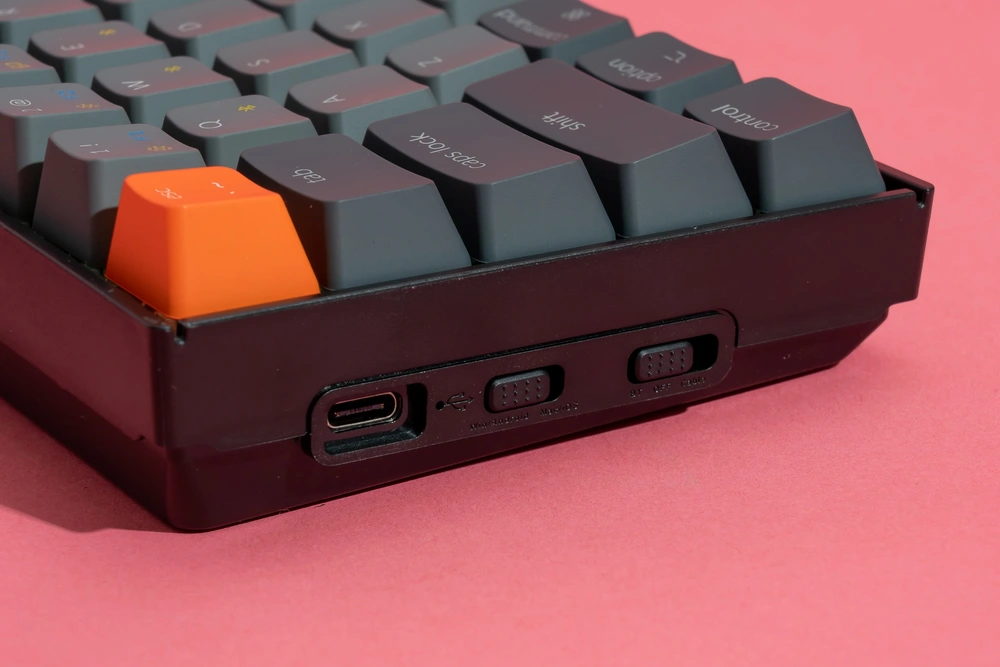
Cable management clips are devices that organize and secure your keyboard cable on your desk or behind your monitor. They can improve your aesthetics and prevent cable clutter or tangling. You can choose between different cable management clips depending on their design, size and functionality.
Cleaning tools are items that help you clean and maintain your keyboard regularly. They can improve your hygiene and extend the lifespan of your keyboard. You can use different cleaning tools depending on their type, such as:
- Compressed air: This is a spray that blows away dust and dirt from your keyboard with high pressure air.
- Microfiber cloth: This is a soft cloth that wipes away fingerprints and smudges from your keyboard with gentle friction.
- Keycap puller: This is a tool that removes keycaps from switches with ease and without damaging them.
- Cleaning brush: This is a brush that cleans switches and gaps from dust and dirt with fine bristles.
Carrying cases are bags or pouches that protect and store your gaming keyboard when not in use or when traveling. They can improve your portability and prevent damage or loss of your keyboard. You can choose between different carrying cases depending on their material, size and features.
The best accessories for you depend on your budget, your preference and your usage habits. For example, if you use your keyboard for long hours at home, you might want to invest in a wrist rest and some cleaning tools to improve your comfort and hygiene. If you use your gaming keyboard for short sessions on the go, you might want to invest in a cable management clip and a carrying case to improve your aesthetics and portability.
Conclusion
A gaming keyboard is an important device that can improve your gaming experience by providing faster response time, better accuracy, more comfort and customization options. However, there are many factors to consider when buying one, such as switch type, size and layout, features and customization options. The best gaming keyboard for you depends on your personal preference and the type of games you play.